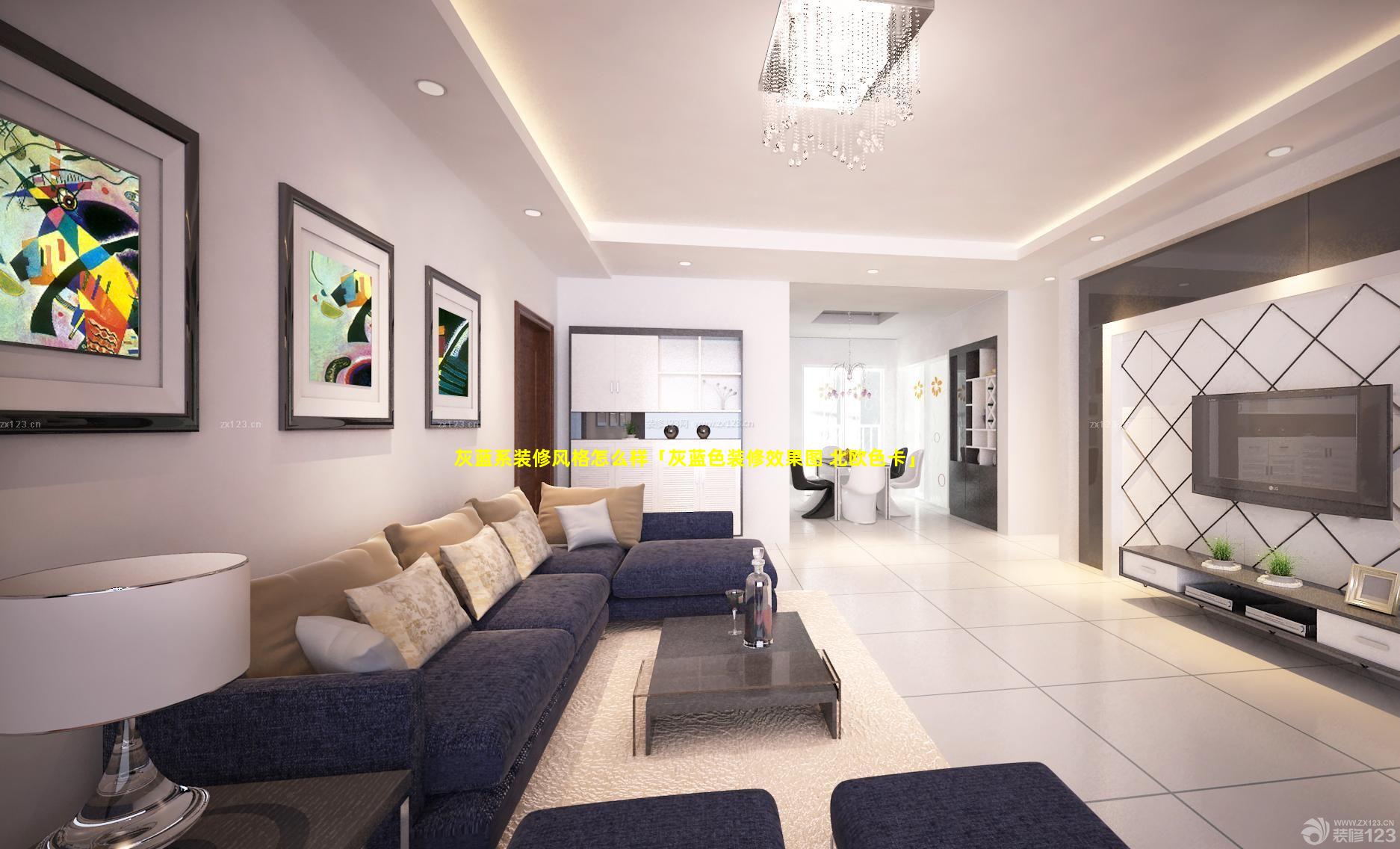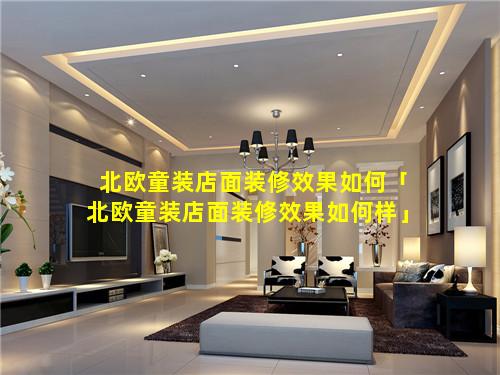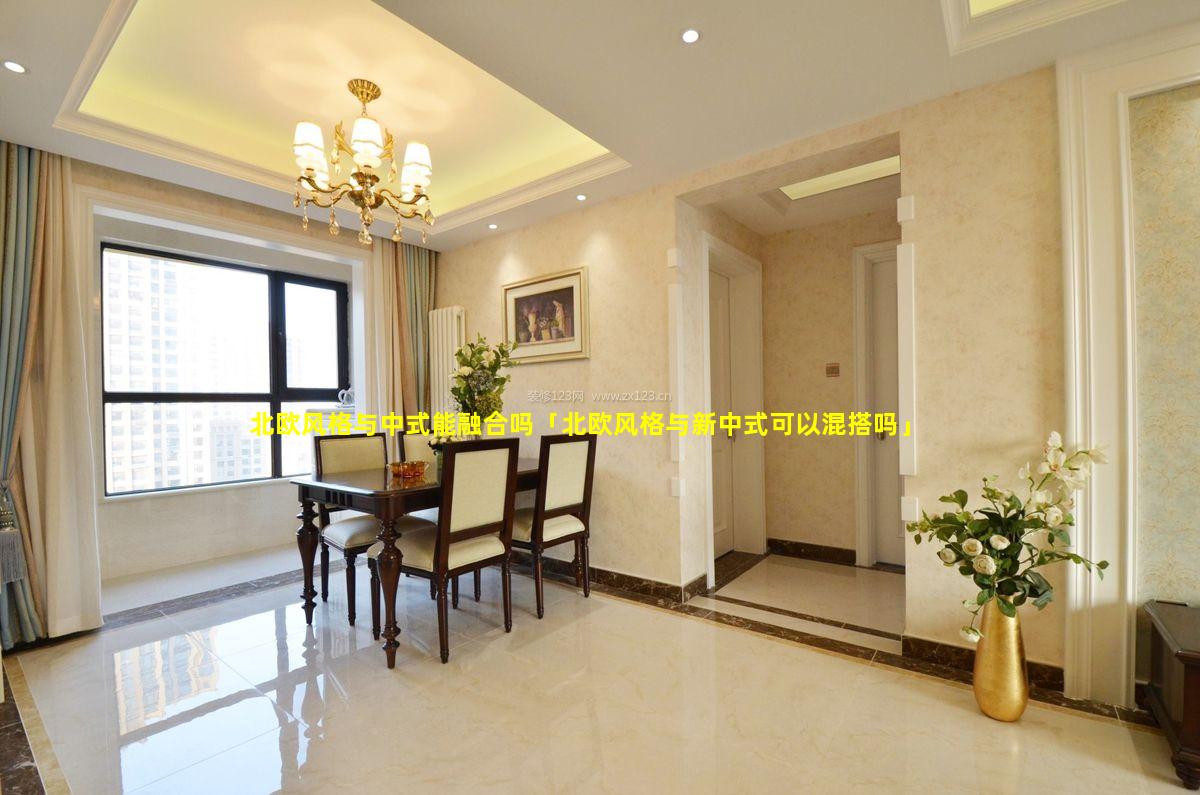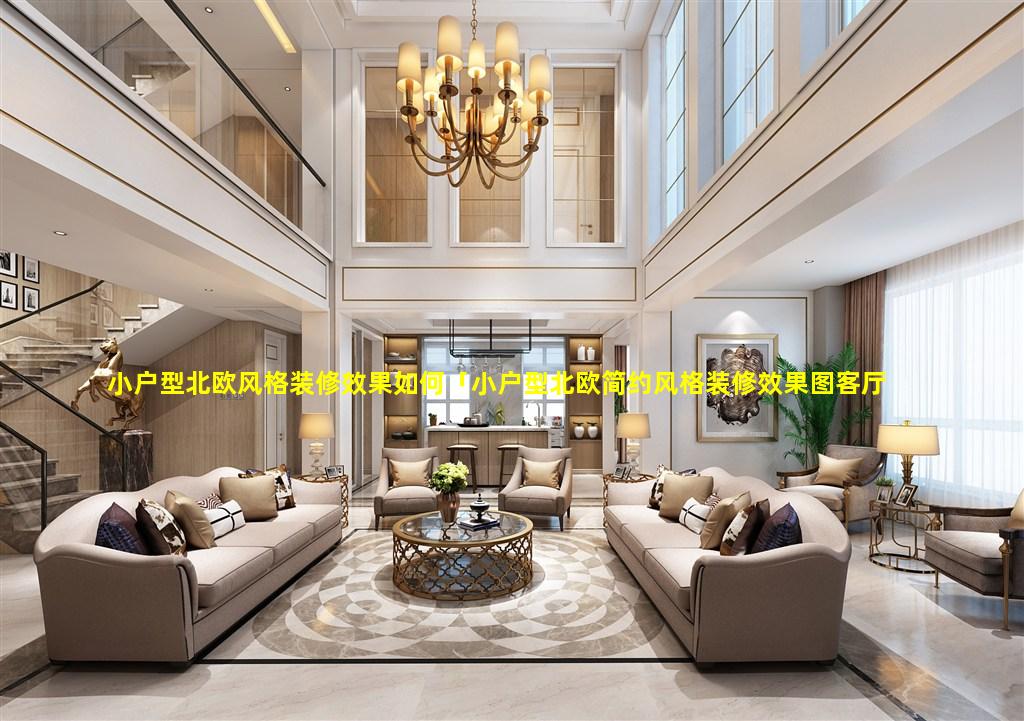1、日本装修风格北欧
日本斯堪的纳维亚风格:
日本斯堪的纳维亚风格结合了日本传统元素和斯堪的纳维亚极简主义。其特点包括:
自然元素:大量的木材、石头和植物,营造出一种宁静和与自然相连的感觉。
简约:干净的线条、简单的家具和柔和的色调,营造出宽敞和通风的感觉。
功能性:家具和空间被设计为既时尚又实用,具有隐藏式存储和多用途家具。
和风元素:使用传统日本元素,如榻榻米地板、障子纸屏风和日式灯笼。
明亮自然光:大窗户和推拉门允许自然光进入,创造一个明亮和温馨的空间。
装修技巧:
使用浅色木材,如橡木或枫木,营造一种温暖和 inviting 的氛围。
选择柔和的色调,如白色、米色和灰色,营造一种宁静的感觉。
加入植物和鲜花,为空间增添生命力。
使用障子纸屏风或滑动面板来分隔空间,创造隐私和灵活性。
投资多功能家具,如带有内置存储的沙发或可以折叠的桌子。
2、日式装修风格和北欧风格的区别
日式装修风格与北欧风格的区别
整体氛围:
日式:宁静、禅意、自然
北欧:舒适、简约、通透
空间布局:
日式:重视空间分割,使用推拉门、屏风等营造分隔效果,注重空间的流动性。
北欧:强调开放式布局,用大面积的玻璃窗和落地灯营造通透、宽敞的空间感。
配色:
日式:以中性色为主,如棕色、灰色、白色,辅以少量自然元素,如绿色、蓝色。
北欧:偏爱白色、米色等浅色系,搭配少量的亮色点缀,如黄色、蓝色、绿色。
材质:
日式:重视天然材料,如木材、竹子、石头,营造自然质朴的感觉。
北欧:强调实用性和功能性,使用耐用、易清洁的材质,如皮革、织物、金属。
家具:
日式:线条简洁、贴近地面,注重功能性,突出木材的自然纹理。
北欧:强调舒适性和美观,使用柔软的沙发、布艺床,注重线条流畅和色彩搭配。
装饰品:
日式:讲究极简,使用少量植物、陶瓷花瓶、书法字画等自然元素作为装饰。
北欧:注重实用性和美感,使用地毯、抱枕、绿植等小物营造舒适温馨的氛围。
采光:
日式:注重自然采光,使用大面积的窗户和天窗,让阳光自然流入室内。
北欧:同样重视自然采光,但更强调遮光和隐私,使用百叶窗、窗帘等窗饰来控制光线。
功能性:
日式:强调空间利用率,注重收纳,使用内置式家具和隐藏式储物空间。
北欧:重视实用性和舒适性,注重家具的多功能性和舒适感,如兼具储物和展示功能的电视柜。
3、日本装修风格北欧风格图片
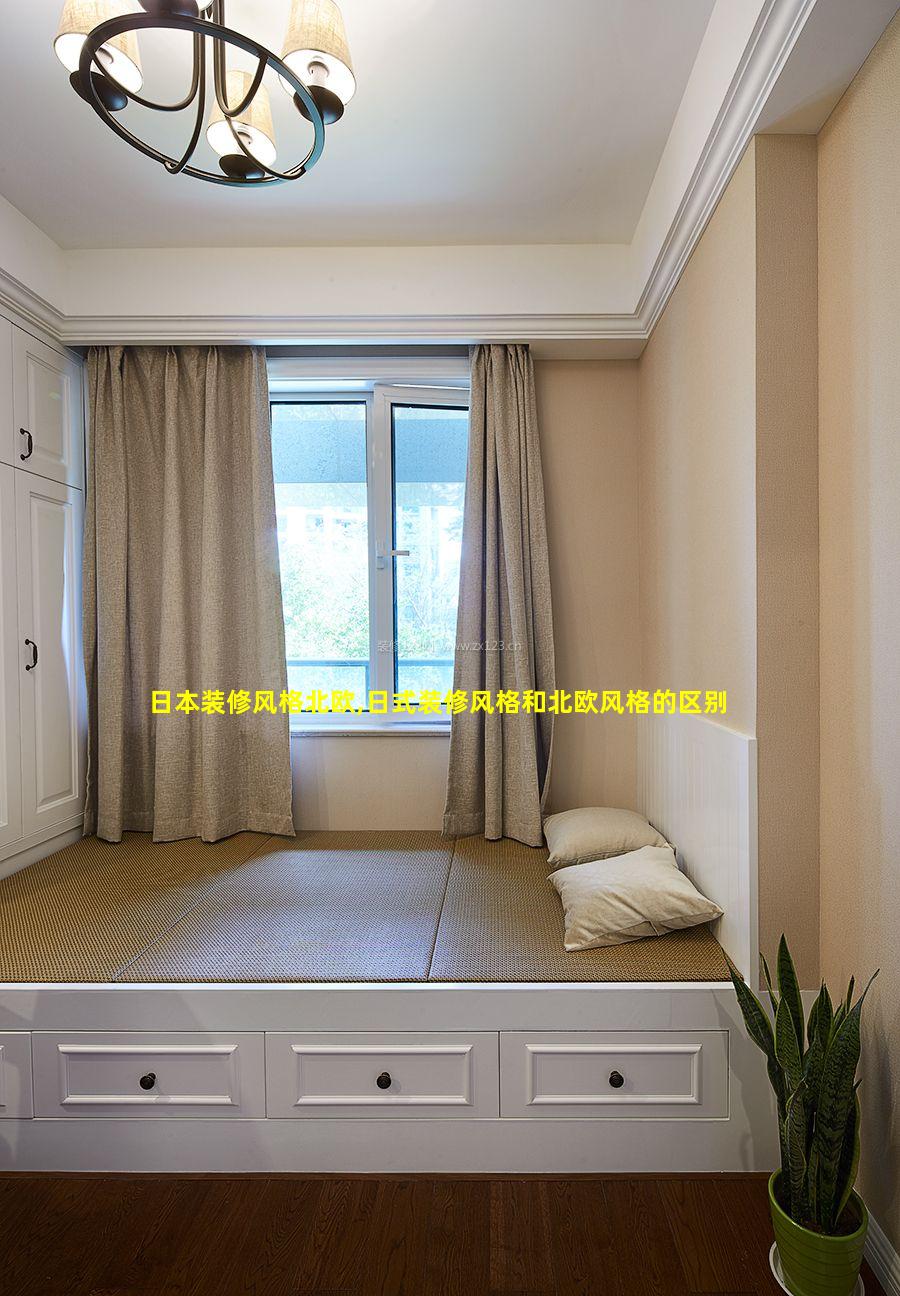
1. Neutral Color Palette with Earthy Tones:
A harmonious blend of beige, white, and gray creates a serene base. Accents of natural brown and green hues add warmth and connect the space to nature. The use of wood as a primary material adds warmth and texture.
2. Clean Lines and Minimalism:
Straight lines and uncluttered surfaces evoke a sense of order and tranquility. Furniture pieces are often characterized by their simple forms and functionality, embracing the Nordic principle of "form follows function."
3. Natural Materials:
Wood, stone, and other natural materials create a warm and inviting atmosphere. They bring a sense of the outdoors inside, fostering a connection to nature. The use of tatami mats adds a traditional Japanese touch.
4. Serene Ambiance:
Creating a peaceful and calming space is key. Neutral colors, soft lighting, and carefully placed greenery contribute to a sense of tranquility. The overall atmosphere encourages relaxation and mindfulness.
5. Sliding Doors and Shoji Screens:
Japanesestyle sliding doors and shoji screens bring in natural light while maintaining privacy. They allow for seamless transitions between rooms and create a sense of openness. The use of paper or fabric screens adds a touch of traditional Japanese aesthetics.
6. Minimalist Decor:
Decorative items are kept to a minimum, emphasizing simplicity and functionality. Clean lines and geometric shapes prevail, creating a sense of order and balance. Plants and flowers may be present, adding a touch of nature without overwhelming the space.
7. Multifunctional Spaces:

Japanese homes often incorporate multifunctional spaces, such as a living room that can also serve as a guest room or a dining area that can be easily converted into a workspace. This spacesaving design principle allows for flexibility and adaptability.
8. Connection to Nature:
Natural elements and organic forms play a significant role in Japaneseinspired design. The presence of indoor plants, natural light, and water features such as a small fountain or water garden helps create a serene and refreshing atmosphere.
9. Asymmetrical Balance:
Japanese interior design often incorporates asymmetrical balance, where elements are arranged in an offcenter manner to create visual interest. This creates a sense of movement and dynamism while maintaining overall harmony.
10. Wabisabi Aesthetic:
The Japanese concept of wabisabi, which embraces imperfection and the beauty of aging, is evident in the choice of materials and finishes. Imperfect textures, such as weathered wood or stone, add character and depth to the space.
